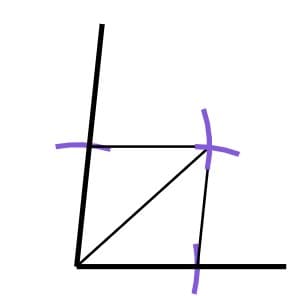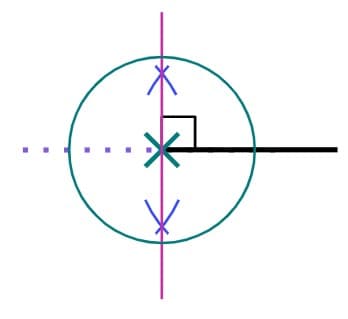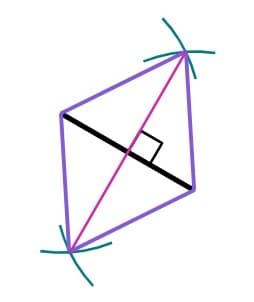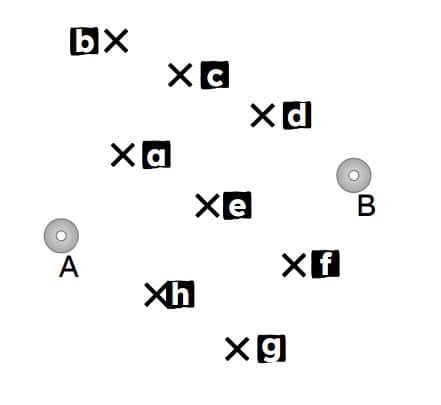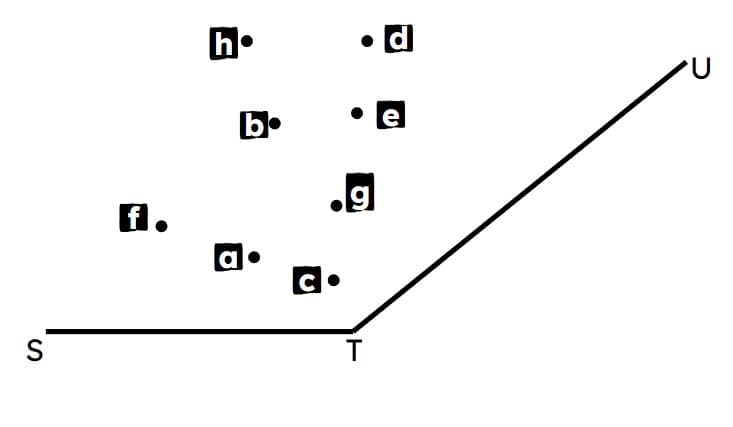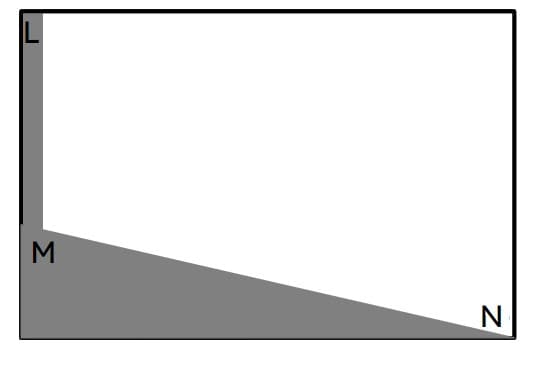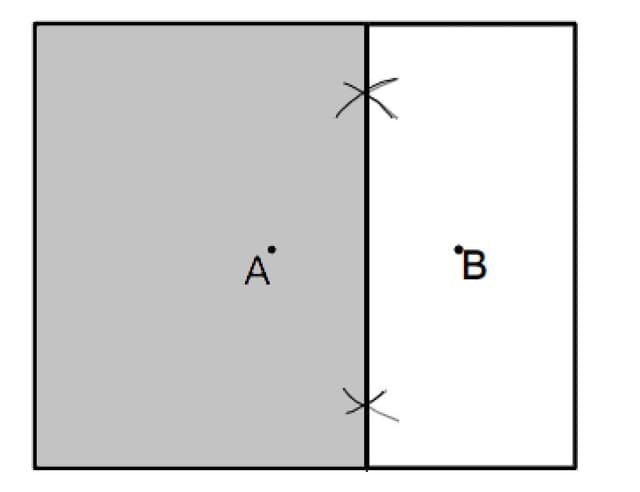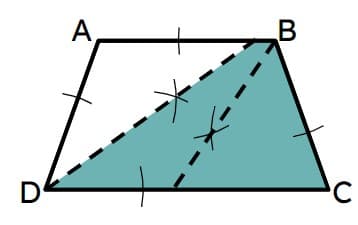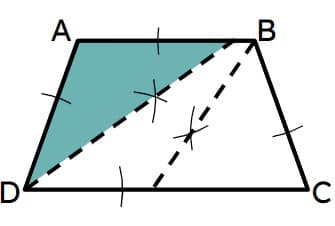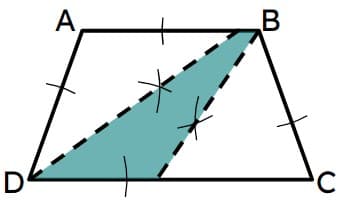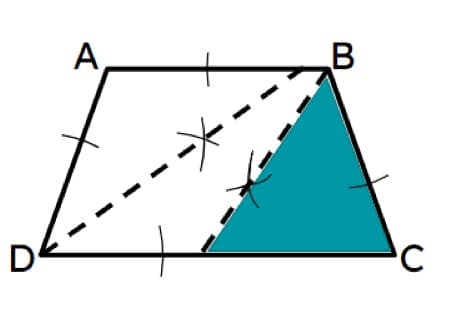Applying constructions to loci problems
I can apply the rules for constructing angle and line bisectors to loci problems.
Applying constructions to loci problems
I can apply the rules for constructing angle and line bisectors to loci problems.
These resources will be removed by end of Summer Term 2025.
Switch to our new teaching resources now - designed by teachers and leading subject experts, and tested in classrooms.
These resources were created for remote use during the pandemic and are not designed for classroom teaching.
Lesson details
Key learning points
- The perpendicular bisector of a line segment divides the line segment into two equal parts
- The perpendicular bisector is the same distance from each end point of the line segment
- If you only had the two end points, the perpendicular bisector would still be the same distance from each point
- The bisector of an angle divides the angle into two equal parts.
Keywords
Bisect - To bisect means to cut or divide an object into two equal parts.
Loci - A locus is a set of points that satisfy a given set of conditions. Multiple sets of points are referred to as loci.
Equidistant - Points A and B are equidistant from a third point C if the distance AC is equal to the distance BC.
Common misconception
Pupils may believe that there is only one point which is equidistant from two points.
Highlight that forming any isosceles triangle will mean that that the point is equidistant from both points.
To help you plan your year 11 maths lesson on: Applying constructions to loci problems, download all teaching resources for free and adapt to suit your pupils' needs...
To help you plan your year 11 maths lesson on: Applying constructions to loci problems, download all teaching resources for free and adapt to suit your pupils' needs.
The starter quiz will activate and check your pupils' prior knowledge, with versions available both with and without answers in PDF format.
We use learning cycles to break down learning into key concepts or ideas linked to the learning outcome. Each learning cycle features explanations with checks for understanding and practice tasks with feedback. All of this is found in our slide decks, ready for you to download and edit. The practice tasks are also available as printable worksheets and some lessons have additional materials with extra material you might need for teaching the lesson.
The assessment exit quiz will test your pupils' understanding of the key learning points.
Our video is a tool for planning, showing how other teachers might teach the lesson, offering helpful tips, modelled explanations and inspiration for your own delivery in the classroom. Plus, you can set it as homework or revision for pupils and keep their learning on track by sharing an online pupil version of this lesson.
Explore more key stage 4 maths lessons from the Loci and construction unit, dive into the full secondary maths curriculum, or learn more about lesson planning.

Equipment
Ruler, pair of compasses, pencil
Licence
Starter quiz
6 Questions
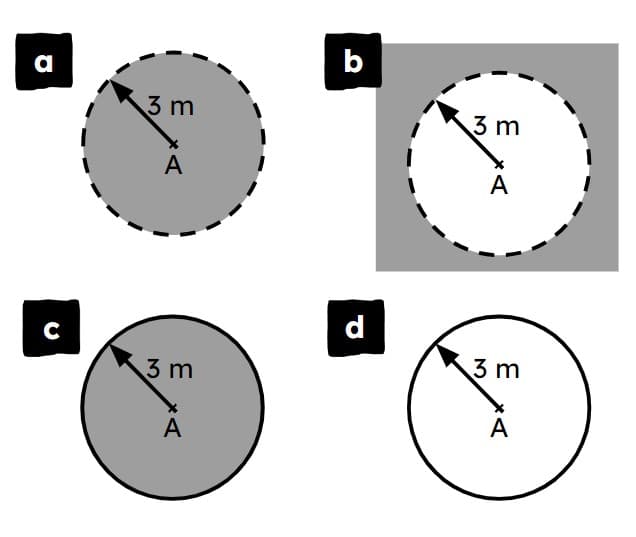

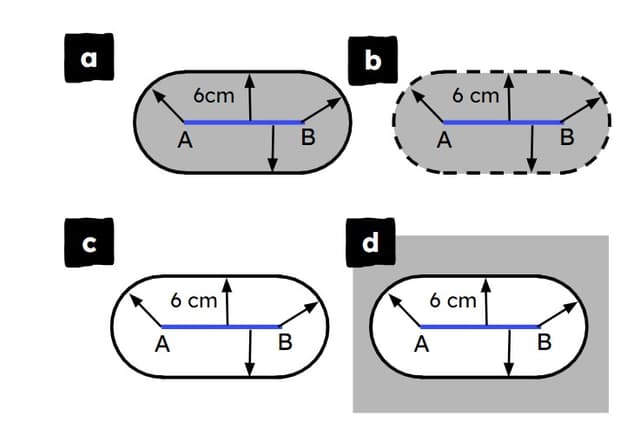

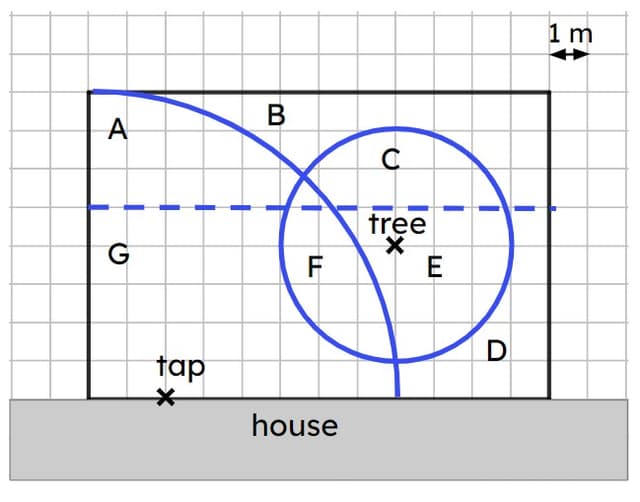
Exit quiz
6 Questions
